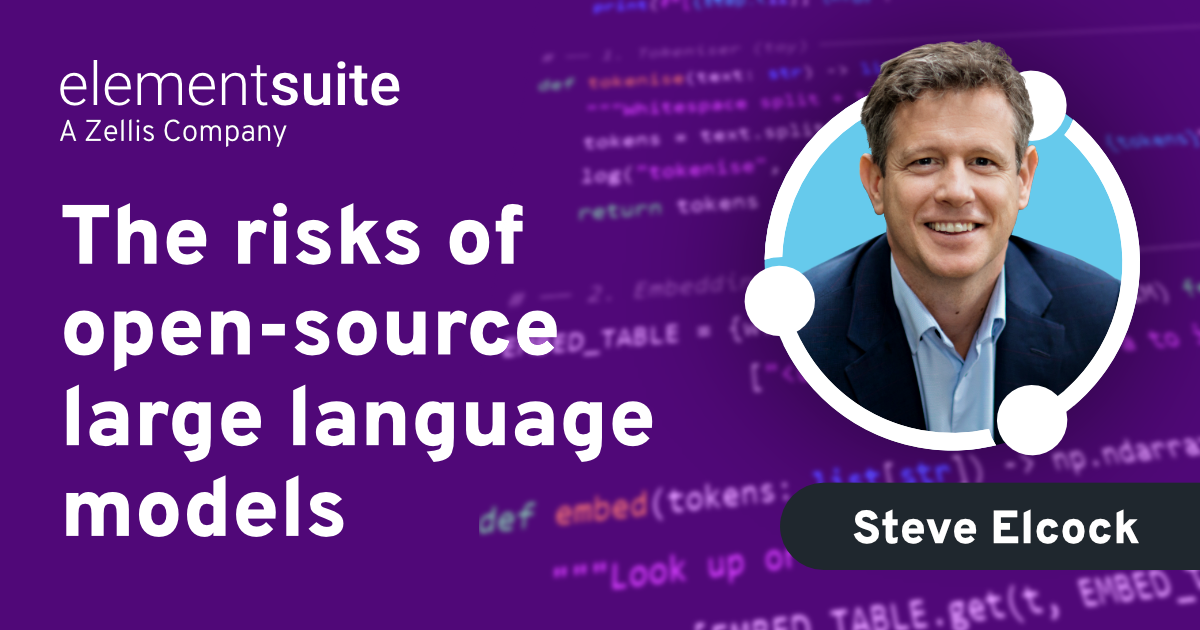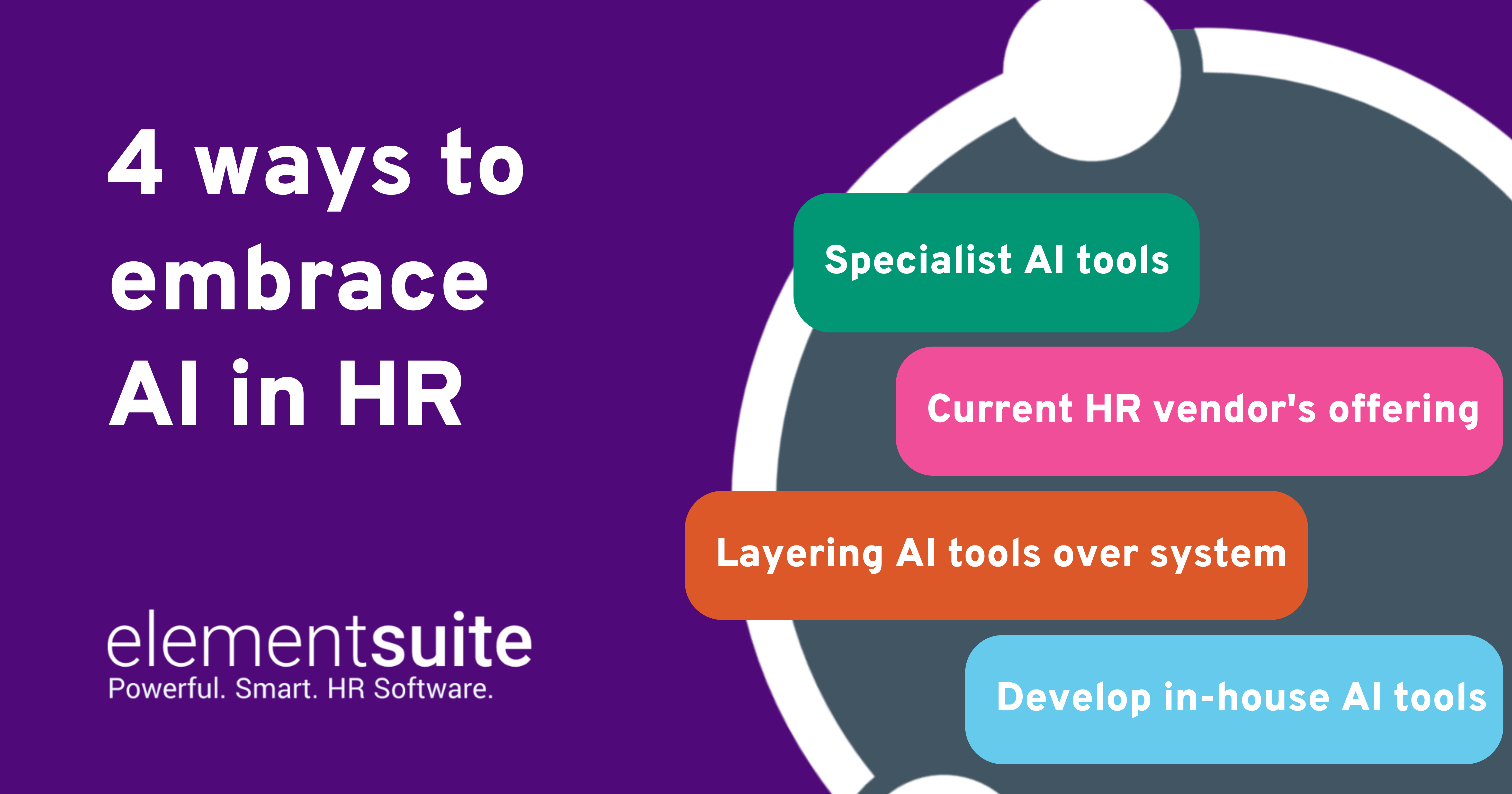Open-source large language models (LLMs) are redefining how organisations develop and deploy AI. With unrestricted access to their architectures, developers have the freedom to customise, optimise, and scale AI models to fit specific business needs. But with this flexibility comes significant risk. Unlike proprietary models, which have controlled deployment environments, open-source LLMs operate with fewer guardrails, making them susceptible to security threats, compliance issues, and ethical dilemmas.
Done right, open-source AI can be a transformative asset, allowing organisations to shape AI tools that align with their industry-specific demands. Done carelessly, it can introduce vulnerabilities that undermine data security, regulatory compliance, and trust in AI-driven decision-making. Understanding these risks is critical for AI developers, enterprise leaders, and policymakers looking to integrate open-source LLMs into their infrastructure. This article breaks down the core challenges and offers a structured approach to mitigating them.
Security vulnerabilities: A data security imperative
Data security is one of the most pressing concerns when integrating open-source LLMs. While proprietary models implement safeguards such as controlled API access, open-source models are often trained on datasets scraped indiscriminately from the internet. This means they may contain proprietary business data, personal user information, or even sensitive government data – sometimes without explicit consent from data owners.
Once deployed, these models are at risk of data leakage. Unlike closed-source systems, which can restrict access to sensitive information, open-source models can be modified by anyone with the technical expertise to fine-tune them. If a model has inadvertently learned patterns from confidential datasets, attackers can exploit these vulnerabilities to extract proprietary insights or personal data.
Moreover, open-source LLMs lack the layered security features of their closed counterparts. Without built-in safeguards such as automated content moderation, encryption, or adversarial attack detection, they can be manipulated to generate deceptive or harmful content. Organisations deploying these models must establish rigorous security protocols, access controls, and ongoing monitoring to prevent their AI systems from becoming vectors for misinformation, fraud, or privacy breaches.
Bias and ethical risks: The unchecked variables
Bias in AI models is not new, but open-source models amplify the challenge. The datasets used to train these models often reflect historical and cultural biases, which can manifest in outputs that reinforce stereotypes or exclude certain perspectives. While proprietary AI vendors invest in bias-mitigation strategies, open-source models rely heavily on community-driven governance, which is far less structured.
The responsibility falls on ensuring that their implementations do not perpetuate harmful biases. Proactive bias detection, curated datasets, and post-training bias audits should be integral to any AI deployment strategy. However, the risks do not stop at unintentional bias: Open-source models can be deliberately fine-tuned to generate misleading narratives. Unlike closed-source AI, which can enforce ethical constraints, open-source models provide little oversight over how they are repurposed.
Regulatory complexity: Where open-source AI stands
Governance around AI is evolving rapidly, and organisations must stay ahead of compliance requirements. Laws like the EU AI Act, GDPR, and sector-specific regulations are beginning to define AI accountability, yet open-source models remain a regulatory grey area. The fundamental challenge is that ownership and responsibility are often unclear – if an open-source model is misused, who is liable? The developers? The organisation deploying it? The community that contributed to its development?
To mitigate legal exposure, businesses must develop clear compliance frameworks that address:
- Data Protection: Ensuring that models comply with privacy laws and do not process personal data unlawfully.
- Content Liability: Implementing safeguards against harmful or deceptive AI-generated content.
- Accountability: Establishing internal governance structures to oversee AI usage.
In industries like finance, healthcare, and legal services, where regulatory scrutiny is particularly high, organisations must exercise heightened due diligence before integrating open-source LLMs into production environments.
Quality control: Managing risks in open-source LLM development
One of the trade-offs when it comes to open-source models is the variability in quality. Unlike proprietary models, which undergo rigorous testing, benchmarking, and compliance checks, open-source LLMs are maintained through community-driven contributions. While this fosters rapid innovation, it also introduces inconsistencies in security, performance, and reliability. Robust evaluation protocols are necessary to ensure:
- Model accuracy and performance: Does the model produce reliable outputs across diverse test cases?
- Security vulnerabilities: Has the model been stress-tested for potential exploits?
- Operational stability: Can the model function efficiently under enterprise-scale workloads?
Without a structured approach to quality assurance, organisations risk deploying AI systems that lack reliability, security, or resilience in production environments.
Intellectual property and data governance: A critical consideration
Another often-overlooked risk of open-source AI is intellectual property exposure. Many open-source LLMs are trained on datasets that contain copyrighted materials, proprietary research, or sensitive business information. Without careful vetting, organisations may unknowingly deploy models that generate content violating IP laws or exposing confidential data.
Moreover, open-source models are vulnerable to model theft and replication. Once released, these models can be cloned, fine-tuned, and redistributed without restrictions. Unlike proprietary AI vendors, which implement licensing controls, watermarking, and secure API access, open-source projects often lack these protections, making them susceptible to unauthorised use.
For enterprises integrating open-source AI, data governance policies must be clearly defined, ensuring that models:
- Are trained on legally compliant datasets.
- Do not inadvertently store or generate sensitive corporate information.
- Are deployed within controlled environments to prevent unauthorised access.
Moving toward secure and responsible open-source AI
The implementation of open-source models demands a structured, security-first approach. Organisations must move beyond the assumption that open-source means “free to use without consequences” and instead implement best practices to mitigate risks.
Key strategies include:
- Controlled Deployment: Using private hosting, containerisation, and access restrictions to secure model environments.
- Bias and Ethics Audits: Regularly assessing models for fairness and ensuring compliance with responsible AI frameworks.
- Regulatory Integration: Embedding legal and compliance reviews into the AI deployment pipeline.
- Security Reinforcement: Implementing adversarial testing, encryption, and anomaly detection to safeguard against attacks.
- Data Protection Standards: Ensuring that AI training and usage comply with industry best practices and legal standards.
Conclusion
Open-source LLMs offer powerful advantages for businesses willing to invest in AI innovation. However, as with any powerful tool, the risks must be carefully managed. AI developers and enterprise leaders must adopt a proactive approach, ensuring security, compliance, and ethical considerations are prioritised from the outset.
As AI continues to evolve, the defining factor of success will not just be technological capability but responsible and secure implementation. Organisations that take a strategic, risk-aware approach to open-source AI will be best positioned to drive innovation – without compromising security or compliance. The AI landscape is moving fast, but the winners will be those who take control of its risks, rather than leaving them to chance.




